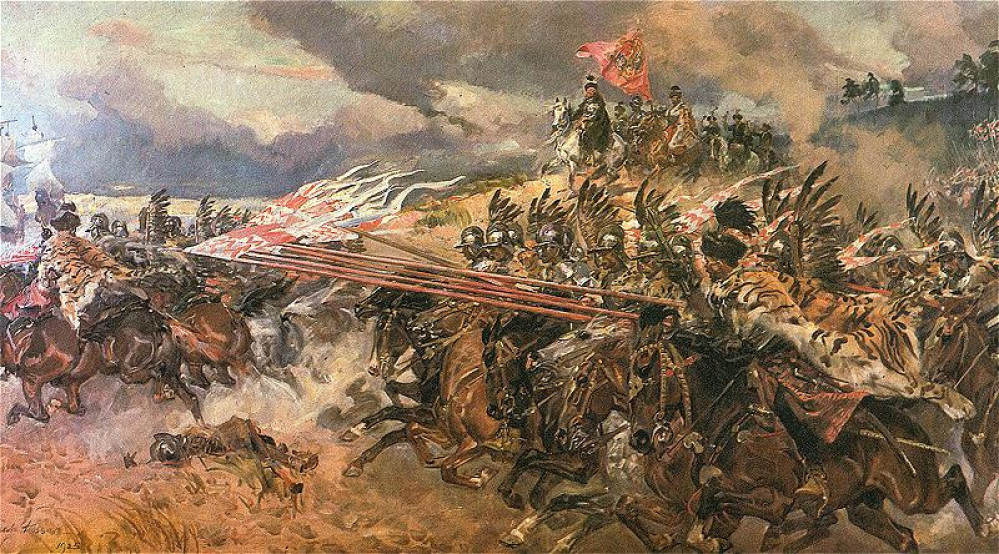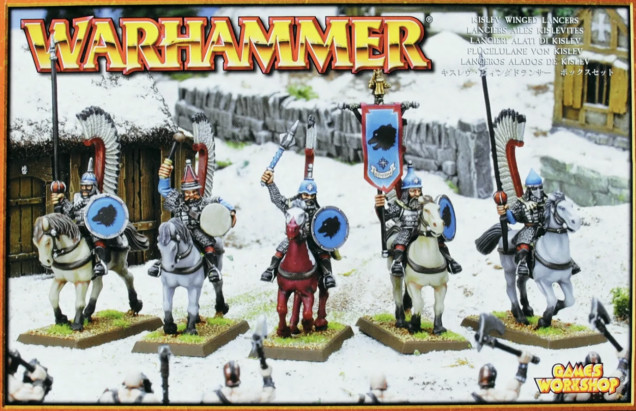
Husaria - Building a Polish army for the 1620s
The Beginning
“First advanced the hussar squadron of the marshal himself, well armoured, and so imposing that any king might be proud of such troops. Only nobles of the mountains served in this squadron, chosen men of equal size; their armor was of bright squares inlaid with bronze, gorgets with the image of the Most Holy Lady of Chenstohova, round helmets with steel rims, crests on the top, and at the side wings of eagles and vultures, on their shoulders tiger and leopard skins, but on the officers wolf skins, according to custom.” From ‘The Deluge’ by Henryk Seinkiewicz
Polish ‘Winged’ Hussars must be the most stunning of troop types for Renaissance wargamers. Armoured and lance armed, elite cavalry, they formed the core of Polish and Lithuanian Commonwealth armies for over two centuries. With brightly coloured and flowing lance pennants, and with their iconic eagle feathered ‘wings’, these were the poster pin-up cavalry for me as a teenager. When I started wargaming, in the 1970s and 80s, renaissance wargame rules used Winged Hussars on their covers, and even Games Workshop payed homage to them with their Warhammer Kislev Winged Lancers.































![TerrainFest 2024 Begins! Build Terrain With OnTableTop & Win A £300 Prize! [Extended!]](https://images.beastsofwar.com/2024/10/TerrainFEST-2024-Social-Media-Post-Square-225-127.jpg)











































Leave a Reply